I do not know how to describe this with the Through The Looking Glass absurdity it deserves.
The ability of financial media and national economists to suspend accepting current reality, while making claims about the possibilities for next year, is ridiculous. Ask me why this era of great economic pretending is underway, and I have no answer. The intellectual dishonesty is beyond my comprehension.
The first and second quarters of the U.S. economy showed negative Gross Domestic Product valuations (GDP). We just finished the third quarter (July, Aug, Sept) and the likelihood of another negative GDP is high. Production is down, demand is down, consumer spending is down, inventories are climbing, and the economy is contracting. We are in a literal, technical and structural recession. Considering the Q1 and Q2 outcomes, we have been in a recession all year.

The Wall Street Journal publishes an article citing several notable economists who are putting the likelihood of a 2023 recession at 63%.
(WSJ) – […] On average, economists put the probability of a recession in the next 12 months at 63%, up from 49% in July’s survey. It is the first time the survey pegged the probability above 50% since July 2020, in the wake of the last short but sharp recession.
Their forecasts for 2023 are increasingly gloomy. Economists now expect gross domestic product to contract in the first two quarters of the year, a downgrade from the last quarterly survey, whereby they penciled in mild growth.
[…] Forecasters have ratcheted up their expectations for a recession because they increasingly doubt the Fed can keep raising rates to cool inflation without inducing higher unemployment and an economic downturn. Some 58.9% of economists said they think the Fed will raise interest rates too much and cause unnecessary economic weakness, up from 45.6% in July. (read more)
They are analyzing a pending recession in 2023 without even admitting we are in a recession right now. AT THIS VERY MOMENT. We have two consecutive negative quarters of economic growth behind us (another Q3 result pending), and these economists are discussing a recession “next year“?
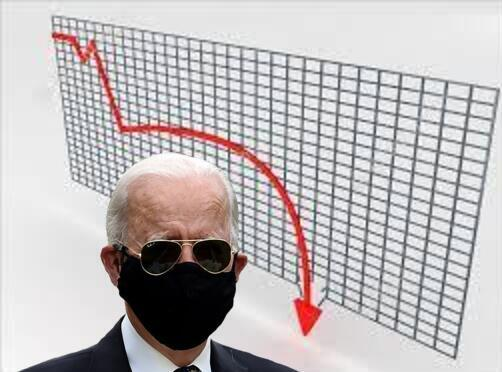 I feel like I’m behind a mirror in a parallel universe looking at financial pundits and economists pretending our reality is something completely different from what it is. This is madness.
I feel like I’m behind a mirror in a parallel universe looking at financial pundits and economists pretending our reality is something completely different from what it is. This is madness.
♦ “Managing the transition,” is a phrase we have heard often – but what does it mean?
This is the only explanation I can fathom for this era of great pretending.
As you are well aware the various western nation central banks including the U.S. Federal Reserve, have raised interest rates into a global economic contraction, a drop in demand. Raising interest rates into a contracting economy is counterintuitive, it runs against the expressed interest of government to grow economic conditions. However, there is a purposeful design to the contradiction. [A TLDR Version Here]
The central bankers are trying to support western government policy. Unfortunately, the government policy they are under obligation to support is the fundamental shift in energy development, or what the World Economic Forum (Davos Group) has called the “Build Back Better” climate change agenda.
Monetary policy can only impact one side of the inflation challenge. The western bankers (EU central bank, U.S. federal reserve bank, and various banking groups) are raising interest rates in order to “tame inflation” by “taming demand.” However, as you know the global economic demand has been declining for several quarters. There is no excess demand, and there hasn’t been demand side pressure all year.
Raising interest rates into an already contracting economy does one thing, it speeds up the rate of economic contraction.
Economic contraction is the lowering of economic activity. Raise interest rates -in a general sense- and businesses invest less, borrowers borrow less, consumers purchase less, employers expand less, and the economy overall slows down. When the economy turns negative, meaning less products and services are produced, we enter a recession. Some businesses and employers do not survive a recession and subsequently unemployment rises.
During recessionary periods people buy less stuff, people have less income stability, and economic activity drops. When the banks raise interest rates into an economy that is already stalled or contracting, unemployment and general pain on Main Street increases. Workers are laid-off, incomes shrink, consumer spending drops and that leads to less employment. Recessions are bad for middle-class and working-class people. This is what the Wall Street Journal is describing for 2023.
“Employers are expected to respond to lower growth and weaker profits by cutting jobs in the second and third quarters. Economists believe that nonfarm payrolls will decline by 34,000 a month on average in the second quarter and 38,000 in the third quarter. According to the last survey, they expected employers to add about 65,000 jobs a month in those two quarters.” (link)
From the perspective of the western politicians and central banks, there is one benefit from a recession…. Energy use drops.
 People travel less; businesses operate shorter work schedules; manufacturing stops; overall fewer goods are produced because less consumer spending is taking place. From the perspective of the groups who want to see overall energy consumption drop, a recession is a good thing.
People travel less; businesses operate shorter work schedules; manufacturing stops; overall fewer goods are produced because less consumer spending is taking place. From the perspective of the groups who want to see overall energy consumption drop, a recession is a good thing.
A recession also brings along a natural drop in energy prices as less overall energy is used inside an economy that is slowing, stalled or contracting.
Oil prices drop as less oil is needed for the manufacturing of goods. Energy use in transportation also drops and generally gasoline prices drop because less transportation fuel is needed, because fewer goods are being transported. When the economy goes into a recession, energy use and prices always drop.
Put these factors together and you start to see how the transition to a new western energy policy, the Build Back Better agenda, benefits from a recession.
This is the essential understanding needed to reconcile why central banks would intentionally create an economic contraction. This is the great pretending. The bankers are supporting the governmental objective of transitioning the western economy into a new energy system away from oil, coal and natural gas.
The banks are supporting the policy makers. However, the central banks cannot openly admit what they are doing to support the politicians and policy makers.
In this weird new era, the banks are being instructed to support the policy makers without actually admitting they have changed their monetary mission. The central bankers will continue to say their job is to manage and/or balance employment and inflation. However, what they will not admit is their unspoken agenda to support the political decisions.
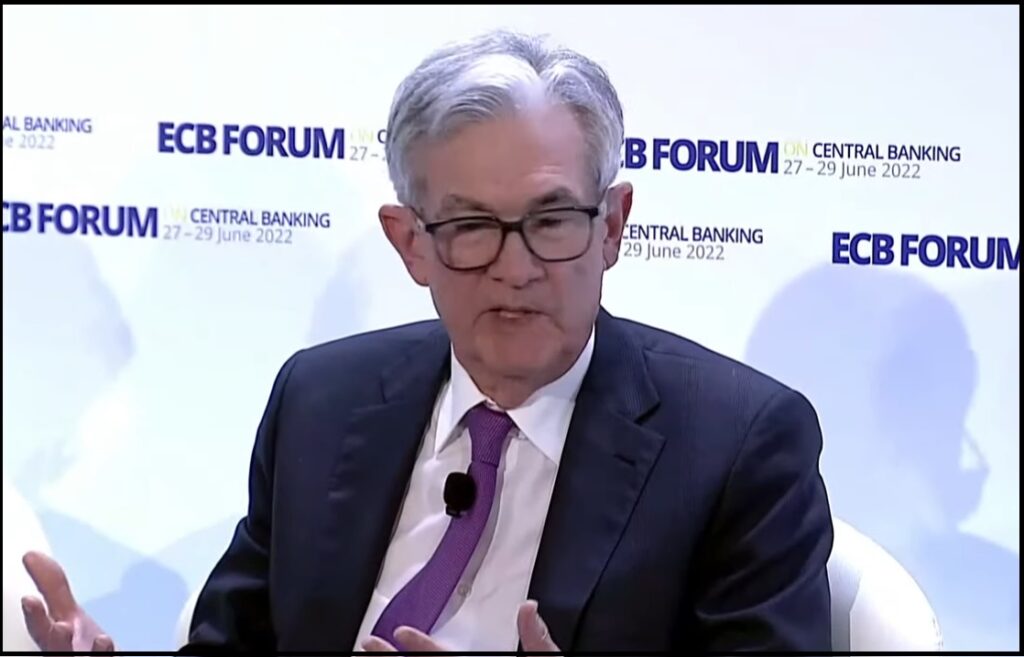 Instead, almost all the central banks are saying their interest rate hikes are intended to cool inflation by lowering demand.
Instead, almost all the central banks are saying their interest rate hikes are intended to cool inflation by lowering demand.
However, it is not excess demand that is driving inflation; it is the policy making behind the energy transition that is driving higher costs on everything. The origin of inflation is on the supply side.
The supply-side of the inflation dynamic is being overwhelmed by massive increases in energy costs which are the results of intentional western policy. Extreme increases in consumer prices are the outcome of these energy price increases. The overwhelming majority of consumer price inflation is being caused by energy policy, not demand.
The various central banks and monetary policymakers know this. In fact, they are lying about their motives. They have to lie, because if they were to tell the truth there would be an uprising, and the success of the energy agenda would be put at risk.
In order to support the energy objectives of the various governments’, the central banks are trying -and succeeding- to lower economic activity.
Less economic activity means lower energy needs. This is what they call “managing the transition” to the new economy based on “sustainable energy.”
The banks and policy makers are ultimately managing the economic decline in order to Build Back Better in the future. This is why the originating charter of the central banks is being ignored, and the banks are raising interest rates into an already contracting economy.
None of this is being done accidentally. All of this is being done with forethought and implicit intention.
Unfortunately, for the average person this means the banks and policy makers have entered a phase where it is in their interests to shrink the global economy. They are trying to control the collapse of the various economies by working together. This is what they mean by “managing the transition.”
Managing the transition means less jobs, less work, a lower standard of living, and a period of extreme financial pressure for the average person.
Eventually, we will reach a point where the government(s) will need to step in and fill the gap from the declined economic activity. Bailouts and subsidies will be needed as they were in the COVID lockdowns. Unemployed workers and the people being impacted by a prolonged economic recession will need subsidies in order to survive.
The government policy makers are planning to do just that, spend more. They practiced during the COVID economic lockdowns, now they seem to be positioning to execute a similar policy path as they manage the energy transition.
We have only just entered the beginning phase of this Build Back Better agenda. No one, including the banks and policy makers, have any idea how long this is going to take.
We could be in this period of severe economic contraction for several years, perhaps decades, until their grand design of a new energy future is complete. This has been the discussion at the World Economic Forum (WEF), as the instructions were passed out.
The entire time the western government architects are doing this, they must keep the demand for traditional energy products like coal, oil and gas at the lowest level possible. That is why the central banks and politicians must keep economic activity at the lowest -yet survivable- rate possible.
Financial analysts and economists are pretending not to know this is our reality. All the pretending in the world will not change the reality on Main Street; pretending will only create a divide between those who admit and those who deny.
The next President will be the political leader who admits the reality and affirms the proper cause.
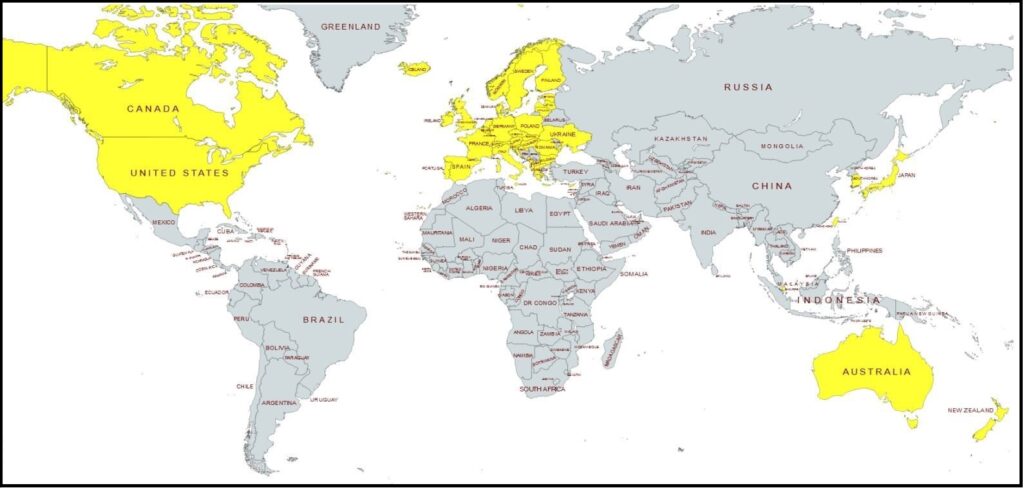
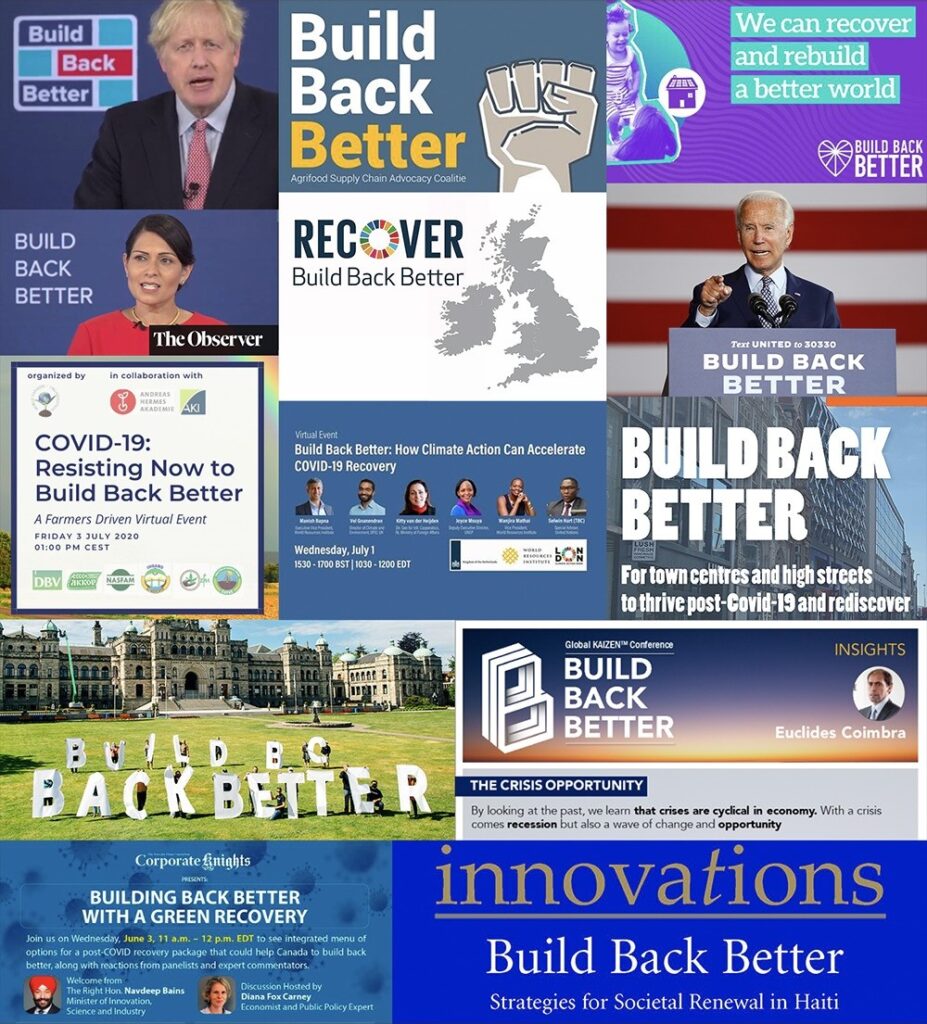
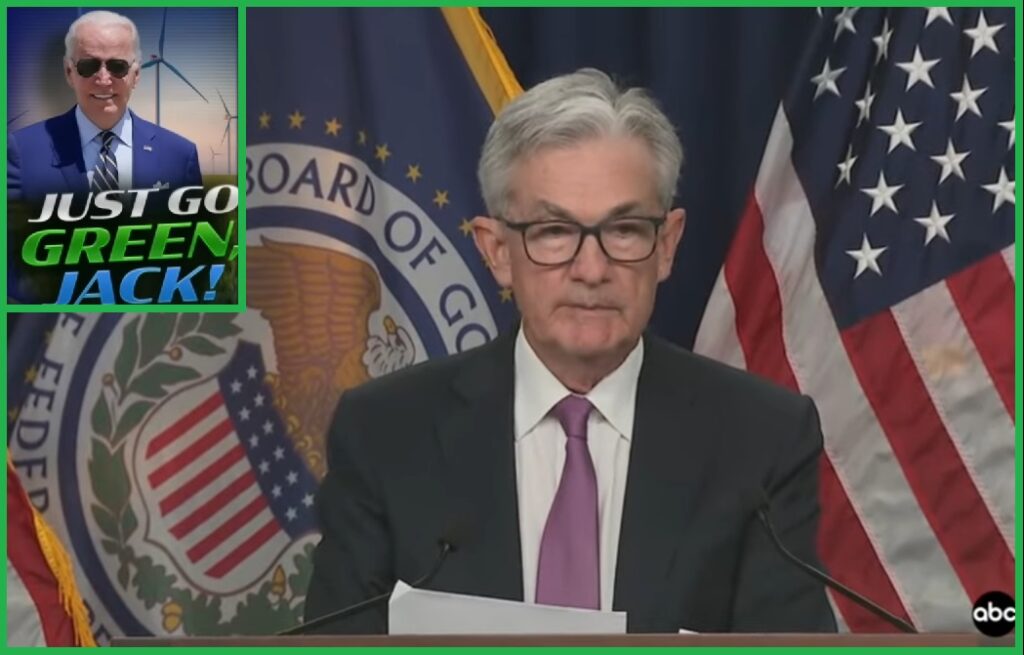
The “mainstreamm economists” haven’t been “right” since 2009.
Every quarter since, they have been surprised, shocked, the #’s have been either “worse than expected” or “better than expected”, and they haven’t been anywhere close with their estimates.
They have -0- credibility, and when they lose credibility, they lose the POWER to influence public opinion.
Price of sweetened condensed milk, and Butter has gone up 100 percent in 6 months.
EVERY consumer SEES that.
Some talking head playing ‘Bagdad Bob’ and spouting utter nonsense, can’t persuade people he’s not pissing on their leg, no matter how much he insists its raining.
Since my business crapped out the past 12 months, I’ve had to go get a “real job”.
However, my real job pay doesn’t match what my business was making from 2015-2020
I’m gonna still run my business, but at a very reduced volume.
As even 25% of that former income is needed right now.
So I’ll essentially be working 2 jobs for the same money I earned under PDJT.
Thanks Joe!
Sorry BoBo. I truly hope we can turn things around and let you regain your prosperity. How foolish it is that, ostensibly, so many people turned their backs on the great economy and society Trump was engendering because they didn’t like his mean tweets!
It seems we have entered the age of mass formation psychosis. See https://www.bitchute.com/video/V9qFQkdQDBo0/ for an explanation. The lies about climate change have been repeated so often too many people have bought in to “saving the planet.” I have come to believe that the lies are promulgated by a team up of the CCP and WEF with a goal of achieving global communism. It’s the same team that brought us the world-wide coordinated COVID-19 response after the CCP released COVID upon all of us. To be a pretender one must willfully ignore the consequences of following the BBB agenda. This is where the mass formation comes in. Given the scope of the pretending, can all these people be supportive of global communism, or do they believe they are behaving altruistically for the good of the earth?
For climate change, follow the money.
Al (“Earth’s core is at millions of degrees”) Gore became a partner at the Silicon Valley venture firm Kleiner, Perkins which was at the forefront of “green” investments.
Al is now a billionaire. As are many of the VCs in Silicon Valley.
“The next President will be the political leader who admits the reality and affirms the proper cause.”
There’s only one next President that will do this. Anyone else will kowtow. Basic character flaw.
Compulsive deception, it’s midterms. Some choose lying to fabricate a world others might chose to live in with them.
A job with securities, amenities, benefits, travel, recognition and a 100% retirement package is on the line next month.
Tulsi Gabbard, what took you so long to leave the Democrats? Not until Voters lead the way out did Gabbard follow the Votes.
Gabbard hasn’t made a definitive statement on her position on any important issue. So far Gabbard is nothing more then a popularity pageant contestant who followed the Voters and the money to sell Conservatives the reason she was a Democrat loving living in the most Liberal state of 50.
Tulsi Gabbard supporting Kari Lake might have been expected. She watched DeSantis.
Aligning herself with Lake insures Gabbard of some of Lake’s hard earned approval. For free.
As it did for DeSantis when he showed up at a Trump – Lake, Az. rally, to “support” Lake and himself.
DeSantis and now Gabbard jumping into Lake’s spotlight.
Reminds me of a Bridesmaid showing up at the wedding late rushing up to the bride, who arranged and paid for the wedding, the late Bridesmaid doing nothing, only to stand beside her to be in the photograph. That’s why the Bridesmaid came. For the photograph and meeting the friends of the Bride. New “Friends”. Like FaceBook Friends of friends.
Neither DeSantis or Gabbard earned or paid for Lake’s spotlight from their own campaign funds. Their costs? An airline ticket to AZ for the free photo op with Kari Lake.
President Biden Is Destroyer Of US & The West, King Of Inflation, In Three Images, And An In-Depth Analyse Of The Current Man-Made Energy Crisis in US & The West!!!
https://assets.realclear.com/files/2022/10/2058_energyinflationwasbydesign.pdf
FJB/LGB
The recession won’t be acknowledged until 2023, when Republicans control Congress, then they will be blamed for the recession.
Exactly.
Why would the Great Pretending be beyond anyone’s understanding? It’s simply a matter of following the money through the multi-layered triple canopy rain forest of corruption worldwide to the sugar daddy–globalist billionaires, banks and blackmailed and blackmailing politicians in pursuit of the simple purpose to lock the world down in an international police state protecting the globalist hierarchy and their friends, family, mistresses and perverts for time to become immemorial. What’s not to understand?
It isn’t pretending.
Its just lying dressed in better clothes.
When the Almighty slams his hand on this, I hope only the evil are surprised.
They are right…its going to REALLY SUCK next year!
The recession is scheduled for next year so it can be blamed on the incoming Republicans who will take control of congress after the mid term elections. That is why there is no mention of the recession that we’ve been in all of 2022.
This is going to backfire bigly on the Leftists, Democrats and media. They are playing into the hands of Trump. He will campaign on MAGA 2.0. Back in 2016 we were experiencing the slowest 8-year recovery ever and it was benefiting big cities and the wealthy first. Come 2024, we will be entering year three of the recession with Biden giving away more and more money to people, paying them to stay home and vote Democrat. Trump has a track record that shows he did more in one year than Obama did in 8 years with regard to giving the economy back to Main Street. He put more money into the middle class workers’ pockets in his first three years than any president in history, arguably. With that record (and no nonsensical tweets) nobody will beat him. Not even Desantis.
Sundance, the GDP drops in Q1 and Q2 were on a REAL (that is, inflation adjusted) basis. If you look at the actual dollar values, the economy grew quite substantially in those quarters – this is why companies have able to keep their employees and still make good profits.
Once the Fed hikes short term rates to beyond 4.25% and their QT (quantitative tightening whereby they reduce their balance sheet) continues and long term rates go beyond 5.5%, companies will have to adjust for their higher interest costs and will start laying off people.
The Federal Reserve can do nothing to increase supply. The US Gov (Congress, the President, and the permanent bureaucracy) can do that by encouraging production by reducing taxes and regulations. That should be the correct solution; but the Fed Reserve cannot do that – and the Fed Reserve is the organization charged with keeping inflation under control.
The correct long-term solution would be to abolish the Fed Reserve and charge Congress and the President to address monetary policy – and be held accountable to the public. Currently, the politicians hide behind this protection.
I’m not quite sure if I am in congruence with Sundance’s assessment, or if I am at variance in certain regards. I will state my own opinion and readers can decide if I am in alignment or not. I’ve reached the position where I see the efforts of the central banks and government players as completely nefarious. They are not trying to “transition” us to anything other than oblivion. They seek to destroy any autonomy in our society other than what they dictate. In other words, they are driving us back into a feudal economy, with a large number of people barely surviving, controlled by a small cadre of very rich elites.
The Green New Deal is a pathetic farce and the people driving it not only are aware it’s a farce, but it is designed to be one. They know this will never work. They know that there isn’t anywhere enough of the raw rare materials available to supply the production of the EVs they are pushing on all of us. Then they know there is no way enough electricity can be produced to charge and power these vehicles. This entire agenda is nefarious and evil by design and they count on us being dupes and compliant. Unfortunately, the Covid restrictions and shutdowns, and the stupid compliance by witless dolts, has shown them that they can do it again and they are well on their way.